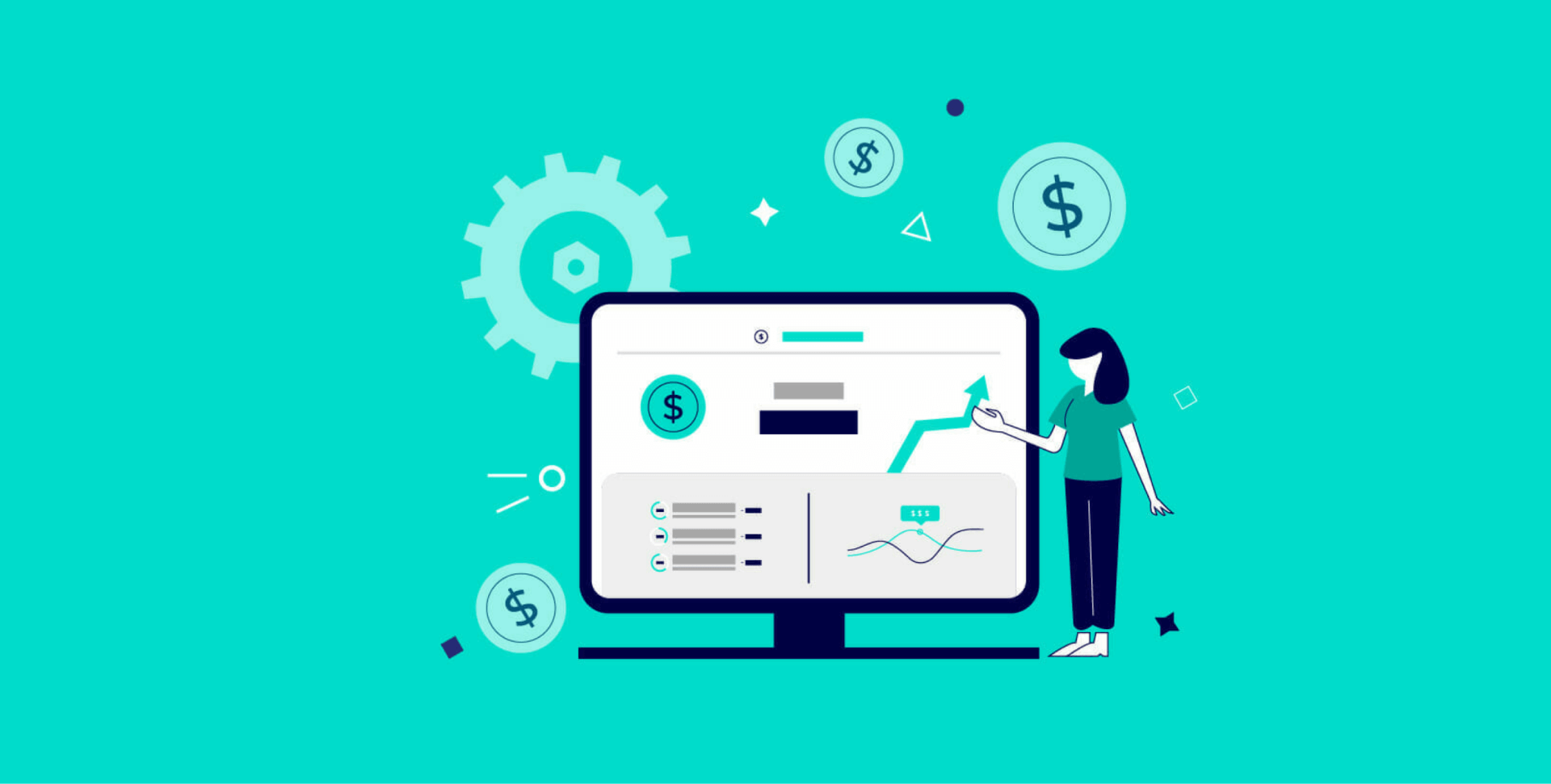Imagine opening your banking app and seeing your savings grow, bills paid on time, and investments humming along — all without lifting a finger. That’s the magic of financial automation. In today’s fast-paced world, automating your finances isn’t just a convenience; it’s a smart, time-saving strategy that helps you reach your financial goals, avoid late fees, and reduce money-related stress.
Whether you’re new to managing money or simply tired of the monthly spreadsheet hustle, automating your finances can transform your financial life in less than an hour. Ready to save time, build wealth, and make money management effortless? Let’s dive into the step-by-step process.
Why Automate Your Finances?
Automating your finances means setting up systems that manage your income, savings, investments, and expenses with minimal ongoing effort. It allows you to:
- Never miss a bill payment (goodbye late fees!).
- Consistently save and invest, turning goals into reality.
- Free up mental bandwidth to focus on what matters most.
- Reduce the temptation of spending what should have gone to savings.
Step 1: Prepare the Essentials (~10 Minutes)
Before you start, gather your account information:
- Checking and savings account details
- Credit card and loan statements
- Pay schedule information (salary dates)
- List of recurring bills (utilities, rent/mortgage, subscriptions, credit cards)
Breaking this down now ensures a smooth setup when you start automating.
Step 2: Set Up Direct Deposit and Income Flow (~5 Minutes)
If your employer offers direct deposit, set your salary to go directly into your primary checking account. Many payroll systems also allow you to split deposits — send a percentage or fixed amount straight to your savings or investment accounts.
Tip: Allocating a portion of each paycheck directly to savings supercharges your goals with zero effort.
Step 3: Automate Bill Payments (~10 Minutes)
Log into your bank account or use a reputable personal finance app. Set up automatic payments for:
- Utilities (electricity, water, internet)
- Rent or mortgage
- Credit card minimums (set to pay the full balance, if possible)
- Subscription services
For irregular bills, set a calendar reminder before the payment is due. Always review the first automatic transactions to confirm everything is working correctly.
Step 4: Automate Your Savings (~10 Minutes)
“Pay yourself first” isn’t just good advice — it’s the foundation of wealth. Here’s how:
- Set up a recurring, automatic transfer from your checking to your savings account after each payday.
- Choose an amount you’re comfortable with, even if you start small (e.g., $50 per paycheck).
- Schedule the transfer for the day after your salary hits to avoid overdrafts.
Bonus Tip: Open a high-yield savings account for your emergency fund or short-term goals—many banks offer no-fee options online.
Step 5: Supercharge Your Investments (~10 Minutes)
Investing regularly — even if it’s just $50 a month — is a proven way to build long-term wealth. To automate investing:
- Open an IRA, Roth IRA, or brokerage account with low or no-fee platforms.
- Choose automatic contributions (monthly or per paycheck).
- Set your allocation to low-cost index funds or target-date funds if you prefer a hands-off approach.
- If your employer offers a 401(k) with matching, contribute at least enough to get the full match. Automate those payroll contributions.
Pro Tip: Many robo-advisors make automating your portfolio effortless, rebalancing and optimizing your investments for you.
Step 6: Track and Optimize Your System (~5 Minutes)
Automation is not “set and forget” — it’s “set and check in.” Use a personal finance dashboard (your bank app or a reputable aggregator app) to:
- Review all transactions monthly.
- Adjust transfers if your income changes or new financial goals arise.
- Check for duplicate/unused subscriptions to eliminate waste.
Small, regular check-ins keep your system humming along and help you spot ways to save even more.
Step 7: Build Smart Safety Nets (~5 Minutes)
Life happens, and even automation can go awry. Add a few simple guards:
- Enable low balance alerts on your checking account.
- Set email or text reminders for large, annual bills.
- Have overdraft protection, or a small buffer in your checking account to cover fluctuating expenses.
A little foresight prevents hiccups before they snowball.
Additional Tips for Effortless Financial Automation
- If you travel or live abroad: Use multi-currency accounts or global banks that allow free automatic transfers and small fees.
- For families: Set up shared calendars for household bills and savings goals.
- Beginners: Start with one step (like bill pay) and layer in more automation as you get comfortable.
- Tech-savvy: Use smart assistants and voice commands to check balances or set reminders.
Conclusion: Embrace Stress-Free Money Management
Automating your finances is one of the highest-leverage habits you can build. In less than an hour, you create a financial system that saves you time, helps you avoid costly mistakes, and ensures your progress is on autopilot — no spreadsheets, no stress, and more time for what matters most to you.
Why wait? Block off the next hour, follow these simple steps, and start harnessing the power of automation to secure your financial future today.
Call-to-Action
Ready to make your money work for you — not the other way around? Take the first step now: choose one area to automate (saving, investing, or bills) and set it up today. Watch how a little automation unlocks big peace of mind.
By following this simple guide, you can automate your finances in under one hour, freeing up more time and energy for the things and people you love. Make your money journey easy, consistent, and stress-free — starting right now.






